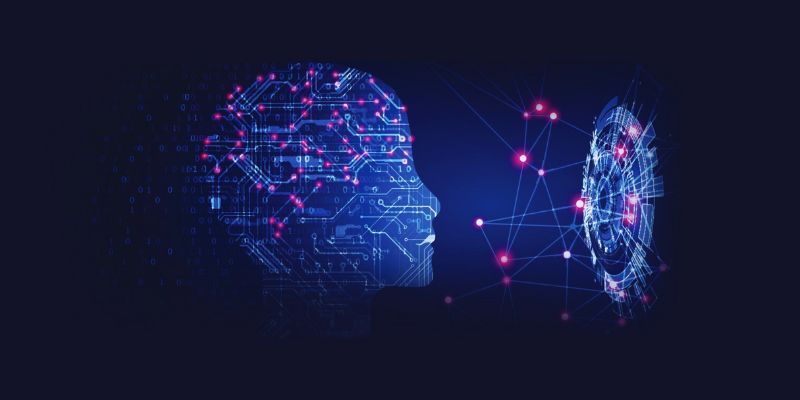Artificial intelligence, together with machine learning, requires data as their foundation during this contemporary period. The process of obtaining high-quality datasets with diverse content that are free from bias creates major difficulties because of privacy restrictions, limited access, and high acquisition costs. This piece examines synthetic data generation through generative AI systems by exploring their functional aspects and industrial applications as well as their key benefits.
 The process of creating artificial datasets through synthesis duplicates the original statistical distributions of real data collections without maintaining any personal information. Synthetic data emerges from algorithms through techniques including Generative Adversarial Networks (GANs) and Variational Autoencoders (VAEs) instead of using sensor or user interaction-based collection methods for real-world data. The application of synthetic data has experienced rapid growth during recent years because it supports solutions to multiple issues, among them:
The process of creating artificial datasets through synthesis duplicates the original statistical distributions of real data collections without maintaining any personal information. Synthetic data emerges from algorithms through techniques including Generative Adversarial Networks (GANs) and Variational Autoencoders (VAEs) instead of using sensor or user interaction-based collection methods for real-world data. The application of synthetic data has experienced rapid growth during recent years because it supports solutions to multiple issues, among them:
Private information requires protection in healthcare, together with finance industry operations.
The reduction of bias in machine learning training datasets becomes possible.
The research organization Gartner predicts that synthetic data will exceed real-world data when utilized for training AI models by 2030.
Synthetic data usage continues to increase because it brings multiple advantages to users.
The protection of privacy ranks among the most substantial advantages that synthetic data provides to users. The implementation of PII information removal methods within synthetic datasets grants compliance with GDPR as well as HIPAA regulations. For example:
Multiple sectors fail to obtain the adequate datasets required for training their machine learning models. The technology delivers the capability to manufacture extensive synthetic data collections oriented towards exact industrial demands. For instance:
Open datasets from the real world typically contain built-in bias elements that result in discriminatory behaviors from AI systems. Developers maintain data balance through synthetic data generation of rare data categories or simulated situations. For example:
The process of collecting and letting real-world data requires both high expense and long duration. Synthetic data generation makes it possible to significantly lower expenses through its automatic dataset generation capabilities.
The development life cycle is shortened due to synthetic data, which serves as on-demand datasets for testing yet skips the need to wait for real-world collection processes.
 1. Generative Adversarial Networks (GANs)
1. Generative Adversarial Networks (GANs)The neural network structure of GANs combines two interconnected components, namely, the generator network and the discriminator network.
Examples of training patterns allow the generator to produce new synthetic outcomes.
The data input process of VAEs includes compression into latent space before producing new synthetic samples through decoding. The statistical accuracy of VAEs depends on probabilistic modeling while GANs do not focus on probabilistic modeling.
Applications:
The technology known as large language models (LLMs) includes GPT among its main systems for creating synthetic text data. The models use extensive text collections to extract linguistic patterns, after which they create new documents by following input prompts.
The method uses computer agents to build interactions between programmed units inside controlled simulation systems for behavioral modeling of complicated structures.
Synthetic data plays a significant role in multiple industrial applications throughout the market:
Medico-training models can be developed using synthetic patient data without breaking HIPAA protection laws. For example:
Organizations in financial industries combine synthetic transaction data to check fraud detection system algorithm effectiveness and stay compliant with privacy rules. Examples include:
Companies that produce self-driving vehicles extensively utilize artificial driving exercises to develop perception capabilities across hostile weather situations amid thick traffic conditions.
Retail businesses deploy artificial customer interaction data for system optimization of both recommendation functions and inventory control applications.
Synthetic network traffic patterns support intrusion detection system testing by cybersecurity teams because they ensure that the operational information stays protected.
Synthetic data creation, along with its deployment, poses multiple operational difficulties for organizations:
The solutions to these hurdles require both thorough validation standards and ethical regulations and funding for computational infrastructure development.
GANs and VAEs along with transformer-based models will expand their significance in synthetic data creation because of their continuous technological advancement. Modern organizations must fully integrate these tools into their AI approaches since they serve as mandatory operational elements for effective competition.
Understanding the approach for developing synthetic data through generative AI models enables organizations to advance innovation while upholding ethical standards during the creation of autonomous vehicles and recommendation engines.

Explore if AI can be an inventor, how copyright laws apply, and what the future holds for AI-generated creations worldwide

How open-source AI projects and communities are transforming technology by offering free access to powerful tools, ethical development, and global collaboration

GANs and VAEs demonstrate how synthetic data solves common issues in privacy safety and bias reduction and data availability challenges in AI system development

Learn how Explainable AI (XAI) guarantees equal opportunity, creates confidence, and clarifies AI judgments across all sectors

The AI Labyrinth feature with Firewall for AI offers protection against data leakages, prompt injection attacks, and unauthorized generative AI model usage.

Know how sentiment analysis boosts your business by understanding customer emotions, improving products, and enhancing marketing

Discover how Microsoft Drasi enables real-time change detection and automation across systems using low-code tools.

Explore the differences between Llama 3 and Llama 3.1. Compare performance, speed, and use cases to choose the best AI model.

Open reasoning systems and Cosmos world models have contributed to robotic progress and autonomous system advancement.

remove duplicate records, verification is a critical step, SSIS provides visual tools

From 24/7 support to reducing wait times, personalizing experiences, and lowering costs, AI in customer services does wonders

Learn the nine biggest benefits of using AI in retail, from personalized experiences to cost savings and smarter decision-making